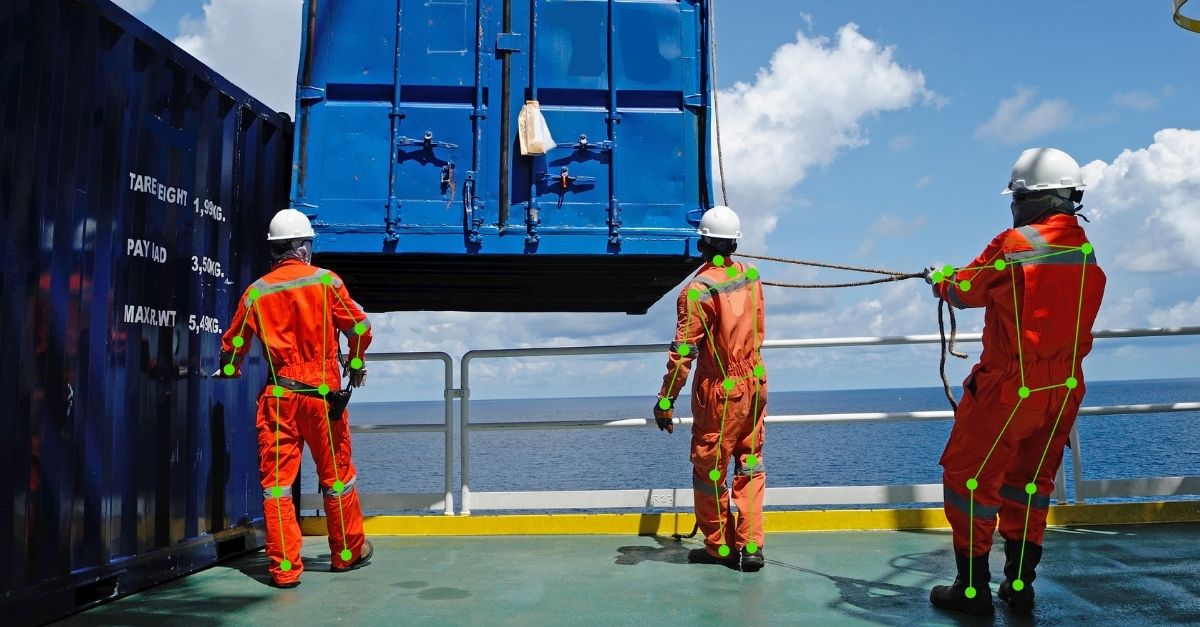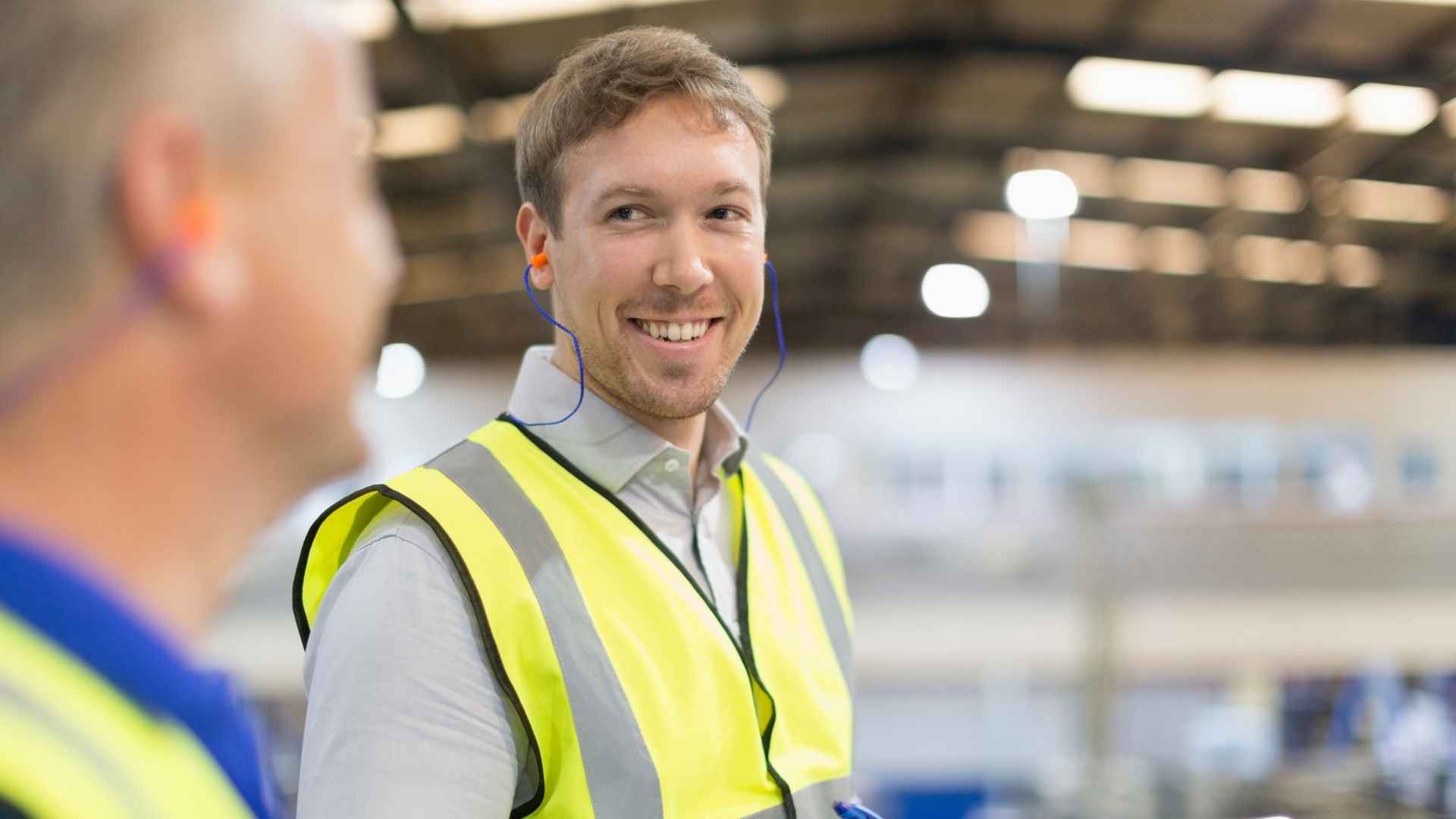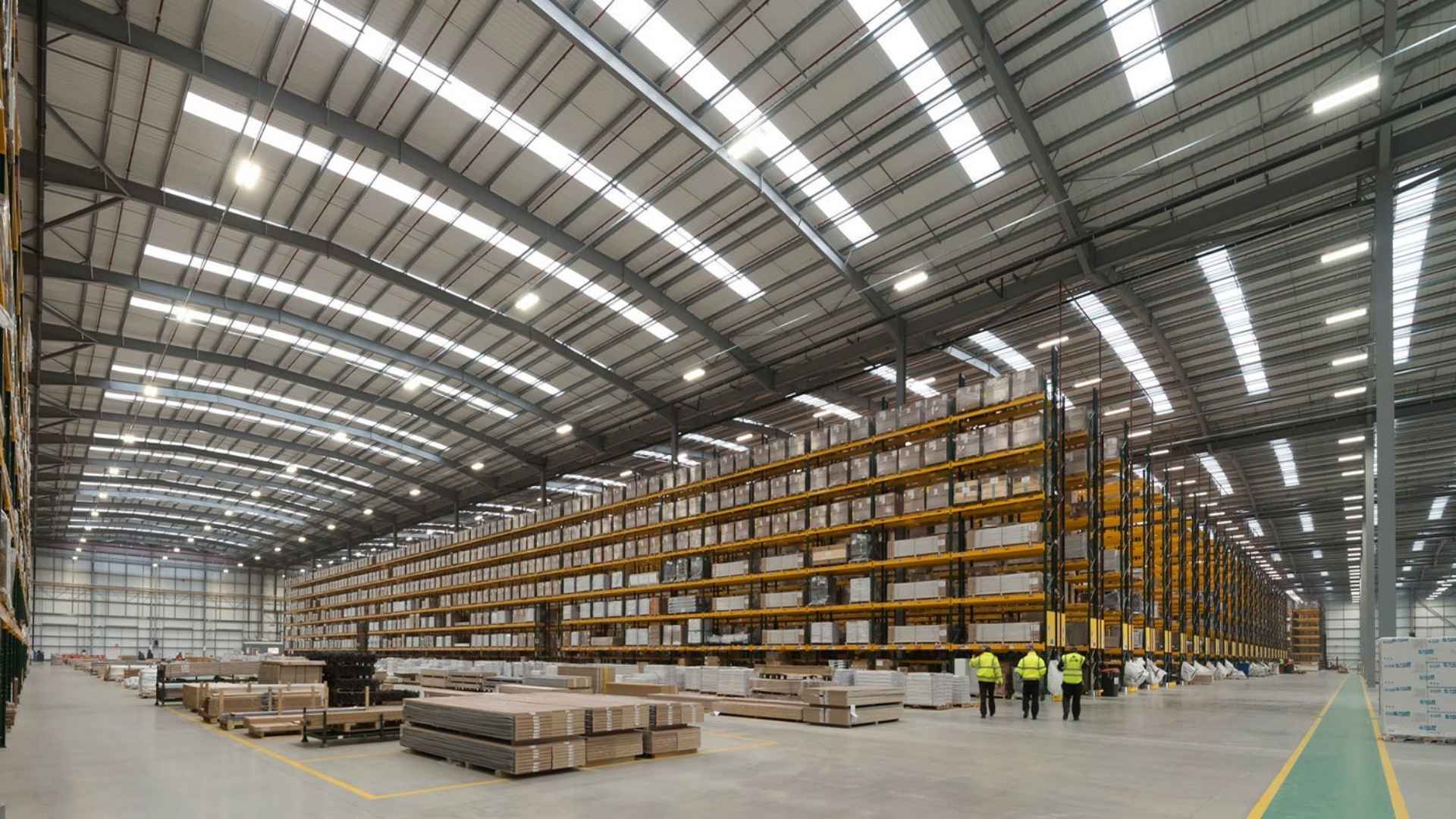-
10 Common Problems When Deploying Safety Wearables
Maximize the competitive advantages of implementing safety wearables by avoiding these common mistakes.
-
3 Biggest Challenges Every Operations Leader Faces (And How to Overcome Them)
Effective supply chain operates like a well-oiled machine. But like all machines, there are people behind it. In the case of logistics – many people. The headache for almost every operations leader is to keep their people productive 24/7, otherwise, the machine will skid.
-
Building the Intensity Model
Traditional workplace safety standards specify what ‘typical’ humans can withstand. In the case of ergonomics and manual handling risk, these usually estimate how many higher-risk movements a person should make within a time period and how much weight or force a person should be able to carry out safely.
-
Ergonomics Practices and Benefits in The Manufacturing Industry
In ergonomics, the worker is the central figure. In safety-critical industries such as manufacturing, it is best practice to fit a job to a worker’s capabilities. Assessing hazards using objective and subjective exposure of risks to workers, fitting a task to the individual and using equipment to assist is essential.
-
How AI-Driven Algorithms Improve an Individual’s Ergonomic Safety
With the use of AI-driven (Artificially Intelligent) algorithms, the pressure of personal worker safety is relieved from organisations and transferred to individuals. Workers are empowered by using personalised feedback and learning about their actions.
-
How Leading Companies Are Using AI Sensors for Safety
Predictive technology personalizing the safety of individual workers for proactive injury management
-
How To Boost Employee Engagement With Wearable Safety Tech
You probably already know that people are your company’s greatest asset. A belief widely shared by successful business leaders across the globe; from Richard Branson to Stephen Covey. It is simply not possible to build a prosperous business without good people.
But the real question is, once we’ve found them how do we keep good people? Each new hire costs upwards of $4,000 USD on average. Once you’ve invested in hiring the right person, how do you build them up and get the best performance out of them?
-
How To Improve Warehouse Safety: Best Practices and New Technology
Warehouses are filled with risks and hazards that could potentially cause significant harm to workers. According to the Bureau of Labor Statistics in the US there are on average 16 fatalities in warehouses every year with a reported injury rate as high as 5%. It is no surprise then that warehouse safety is always a top priority for warehouse managers. It is imperative to ensure the safety of employees while they are at work not only to protect them but also to keep business costs down, maximize productivity and maintain a good reputation. In this article, we examine the key areas of concern and some best practices for maintaining warehouse safety. We also explore new advances in technology and how these innovations can drive a reduction in injury rates.

.jpg)

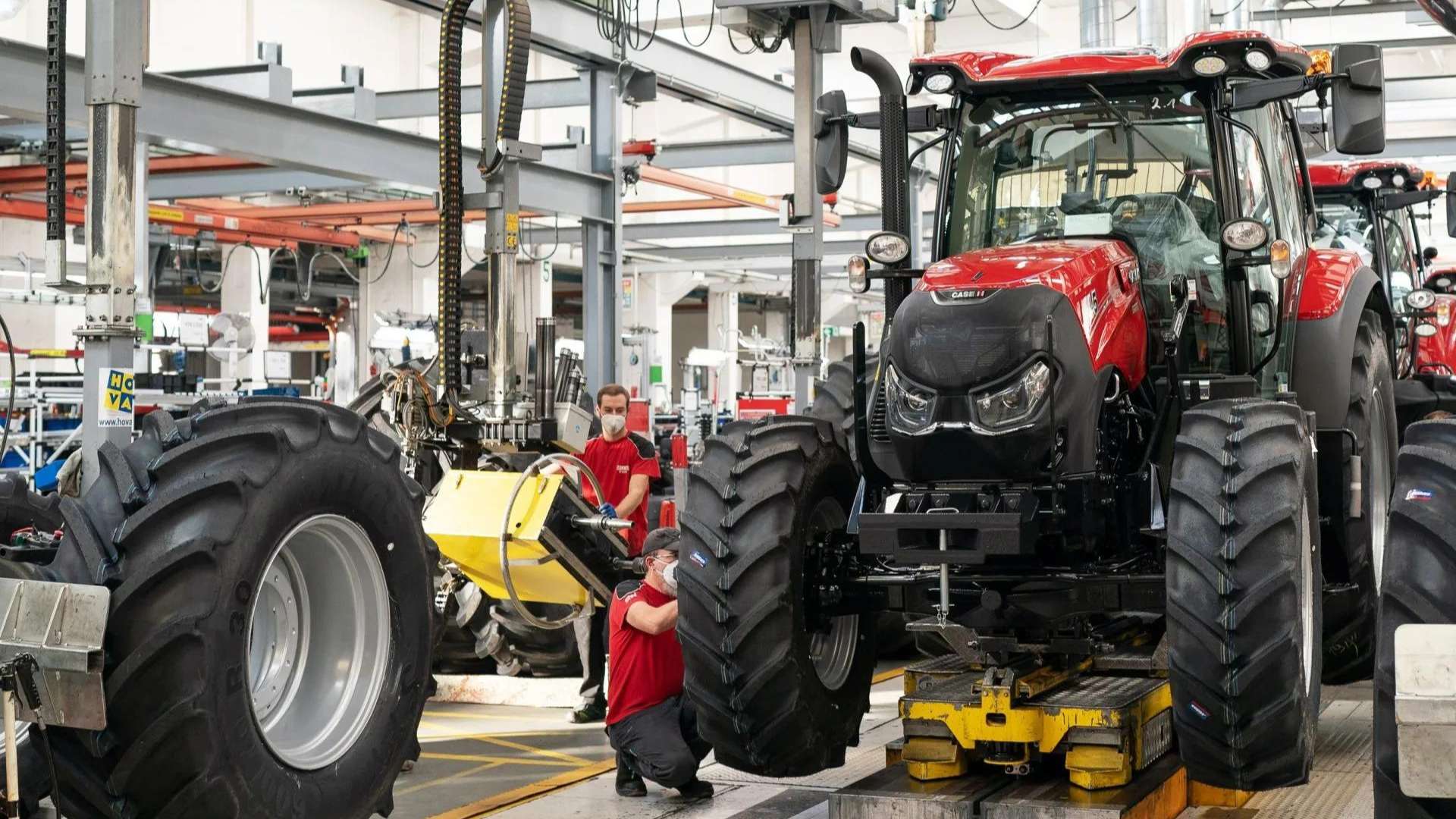
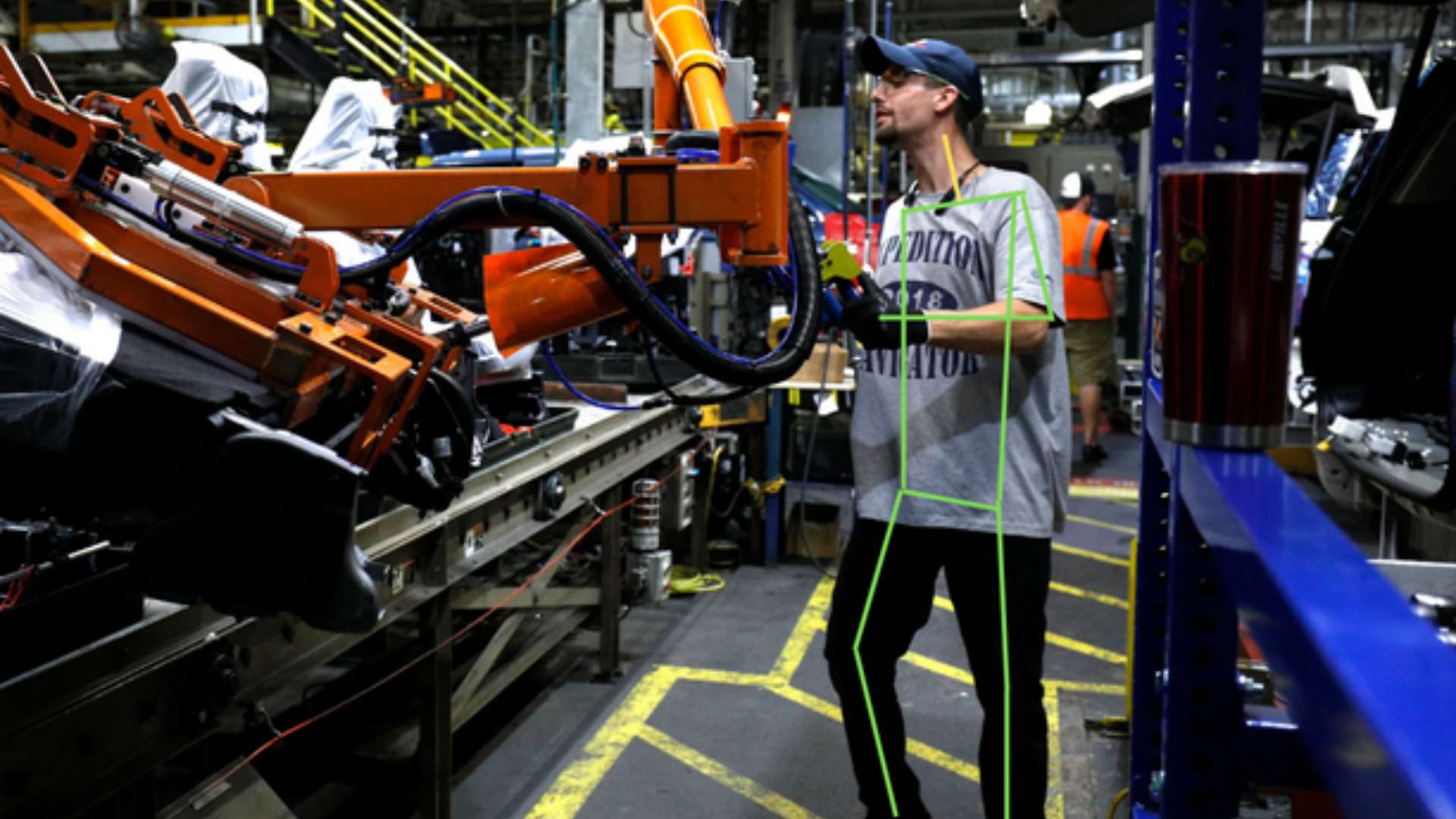
.jpg)
